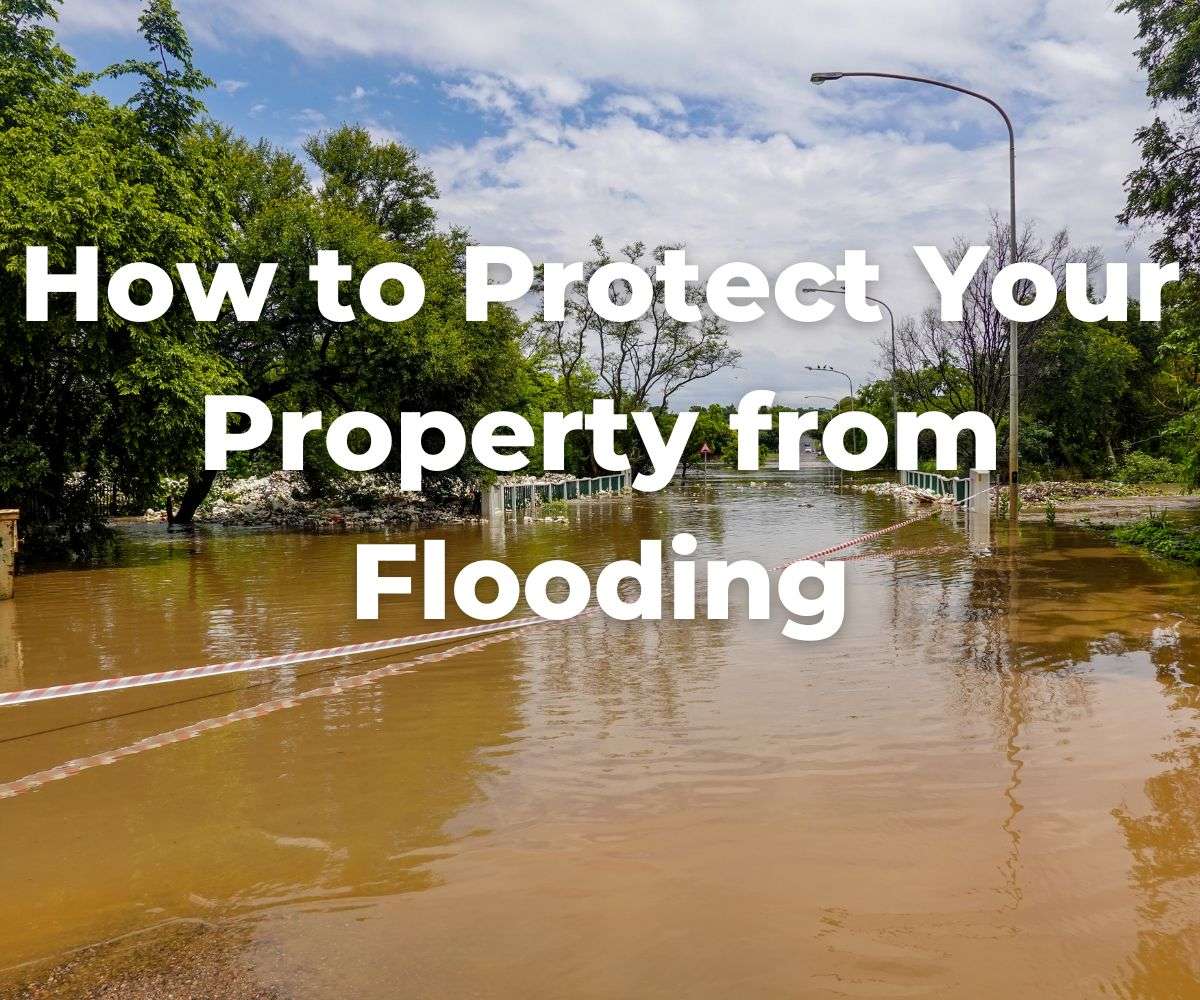how to protect your property from flooding
Description
The Hidden Dangers of Flooding and How They Affect Your Property
Flooding can cause immediate damage to your home, but hidden dangers like structural issues and health risks often go unnoticed. This guide explores these risks and provides steps to prevent or minimize their impact, helping homeowners protect their property effectively.
How Flooding Affects Your Property
Flooding can devastate property on both visible and invisible levels. Understanding its impact is the first step in addressing potential risks.
1. Structural Damage
One of the most immediate effects of flooding is structural damage. When water invades your home, it weakens wooden beams, corrodes metal, and erodes concrete.
Over time, the structural integrity of a home can become compromised, leading to issues such as sinking foundations, warped walls, and bowed floors. Unfortunately, damage of this nature often remains hidden, as wet materials may seem sturdy at first but deteriorate over time.
Key Signs of Structural Damage Post-Flooding:
- Cracks in walls or floors
- Difficulty opening or closing doors and windows
- Sagging ceilings or floors
To combat this, always hire a structural engineer to assess your home after flooding, even if the damage seems minor.
2. Electrical Problems
Water and electricity are a dangerous combination. Flooding regularly affects electrical systems, leaving short circuits, damaged wiring, and even the potential for electrical fires.
Even if the water has receded, leftover moisture in walls or insulation can cause sparks or electrical malfunctions. Homeowners should never attempt DIY fixes with electrical systems post-flooding.
What to Do After a Flood Impacts Your Electrical System:
- Shut off the main power supply immediately.
- Contact a licensed electrician to inspect your wiring.
- Do not restore power until your electrical setup is declared safe.
3. Mold and Mildew Growth
Perhaps one of the most persistent hidden dangers of flooding is mold.Mold spores thrive in damp environments, often forming within 24 to 48 hours after a flood. Once it starts growing, mold spreads quickly, impacting walls, flooring, furniture, and even the air quality of your home.
Why Mold Is Dangerous:
- Health Risks: Mold can trigger respiratory problems, allergies, and even more severe illnesses, especially in children or individuals with asthma.
- Cost of Removal: Mold remediation can be expensive, depending on how widespread the growth is, especially when paired with water damage cleanup like that in Orem, UT.
Pro Tip: To prevent mold, dry your home within the first 24–72 hours after a flood, using dehumidifiers and professional drying equipment.
4. Contaminated Water and Residue
Floodwater rarely comes clean. Known as “black water,” it often contains harmful pathogens, chemicals, and debris. Contaminants can seep into your home’s carpets, drywall, and furniture, leaving long-term health risks for occupants.
What You Can Do:
- Immediate Cleanup: Dispose of porous items like rugs and mattresses that come into direct contact with floodwater.
- Sanitize Thoroughly: Use professional-grade disinfectants to clean all surfaces exposed to contaminated water.
- Test for Contaminants: Conduct soil and water testing, especially if your flooding involved nearby sewer or industrial facilities.
How Flooding Goes Beyond Property Damage
Flood damage isn’t just limited to your home’s structure or belongings—it can have ripple effects on your finances, health, and overall peace of mind.
1. Lower Property Value
Flooding can make it harder to sell a property in the future, as potential buyers may see your home as a risky investment. Even with repairs, the stigma of flood damage can linger.
To mitigate this, keep detailed documentation of all post-flood repairs and ensure professional inspections are done to certify rebuilds.
2. Health Concerns
Aside from mold-related illnesses flooding may expose homeowners to long-term health risks caused by contaminated air, waterborne diseases from sewage, or dangerous debris left behind by floodwaters. Regular health check-ups for household members after flooding can be highly beneficial.
3. Insurance Complications
If you’re in a flood-prone area, you may already be aware that general homeowners' insurance often excludes flood damage. Without additional flood insurance, recovery costs can put an immense financial burden on the homeowner.
Checklist for Insurance Preparedness:
- Review Your Policy: Ensure you have adequate flood insurance. Find out what it covers and what it doesn’t.
- Documentation: Take photos and videos of your property before and after a flood for insurance claims.
- Maintain Receipts: Keep receipts of all restoration and remediation efforts.
How to Protect Your Property from Flooding
While you can’t always avoid floods, you can take preventive measures to reduce damage and ensure a faster recovery process.
1. Inspect Drainage Systems
Regularly inspect and clean gutters, downspouts, and drainage systems to ensure they can redirect heavy rainfall away from your home.
2. Install a Sump Pump
A sump pump will help pump water out of your basement or low-lying areas, minimizing flood-related water damage.
3. Elevate Appliances and Utilities
If you live in a flood-prone area, elevate your heating systems, water heaters, and electrical panels above potential flood levels.
4. Seal Cracks in Your Foundation
Seal any cracks or leaks in your home’s foundation, walls, and windows to prevent floodwater from entering.
5. Maintain Flood Insurance
Ensure your home is adequately protected with a comprehensive insurance plan that includes flooding, especially if you’re in a high-risk area.
When Disaster Strikes, Be Prepared
Flooding is one of the most destructive events your property can face. Beyond the obvious damage, the hidden dangers like mold, contaminated water, and structural instability can have long-lasting effects on your home and family.
By understanding these risks and taking proactive steps, you can protect your investment and maintain your peace of mind. Do your future self a favor—create a flood preparedness plan, invest in proper insurance, and address flood damage with speed and diligence to minimize impacts.
Floods can be tough, but with the right knowledge and resources, you—and your property—can weather the storm.
Conclusion
Now that you know the dangers and how to protect your home, stay vigilant and prepared. Remember to conduct regular inspections, maintain flood insurance, and have a plan in place for when disaster strikes.






















